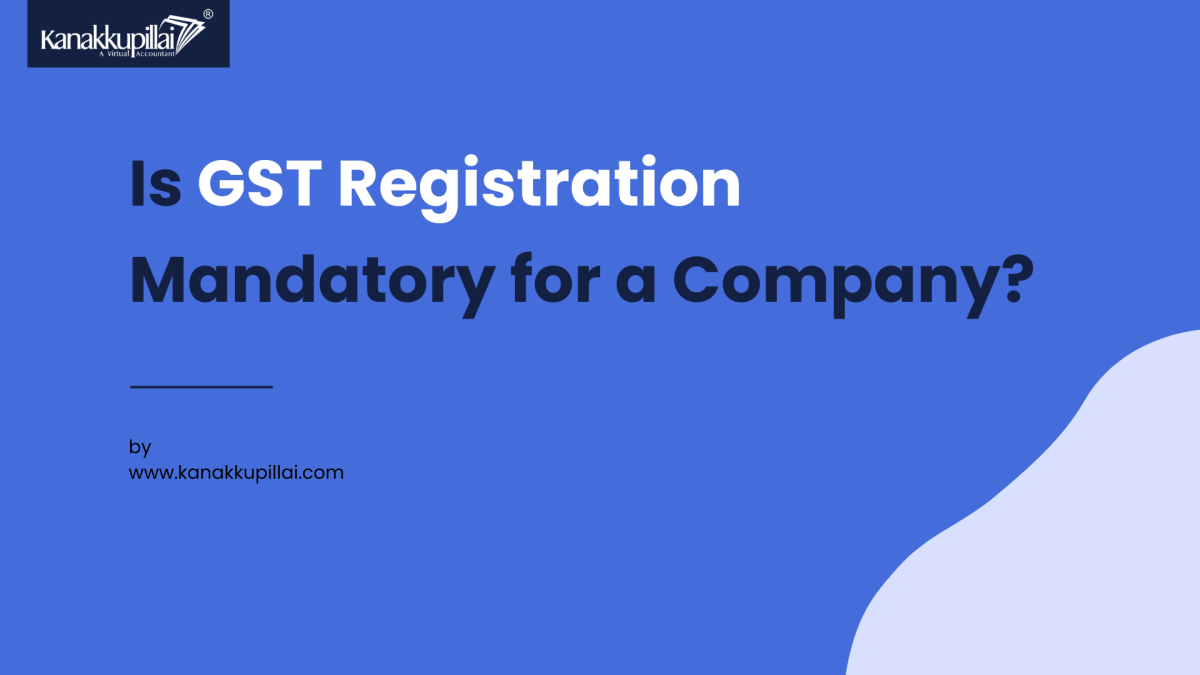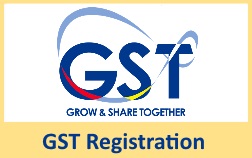How to Effectively Get Your GST Registration Done Today in Singapore
How to Effectively Get Your GST Registration Done Today in Singapore
Blog Article
Step-by-Step Overview to GST Enrollment: Whatever You Required to Understand About the Application Process

Eligibility Requirements for GST Registration
Meeting the qualification standards for GST registration is an essential requirement for businesses running in India. Based on the Product and Services Tax Obligation (GST) regulation, entities associated with the supply of products or services must register for GST if their yearly turnover exceeds the prescribed limit. For regular businesses, this threshold is established at 40 lakhs for items vendors and 20 lakhs for provider. Additionally, particular special classification states have a reduced limit of 10 lakhs. Additionally, organizations involved in inter-state supply, informal taxed persons, non-resident taxable persons, and those required to pay tax obligation under the reverse fee system should also register for GST, irrespective of their turn over.
Additionally, certain businesses such as ecommerce operators, representatives of a provider, input service suppliers, and people supplying via e-commerce systems are also required to register for GST, no matter of their turnover. Comprehending and satisfying these eligibility requirements are critical actions for services wanting to abide by the GST regulations in India.
Required Documents for Application
When applying for GST registration, organizations need to supply details records to finish the application process efficiently and properly. The required documents differ depending on the type of business entity seeking registration. For a sole proprietorship, the records generally consist of the owner's PAN card, Aadhaar card, address proof of the location of business, checking account statements, and photos. Partnership companies need to send partnership deed, PAN cards of partners, Aadhaar cards, address proof of the principal business, checking account statements, and photographs. Business must provide their Certificate of Consolidation, Memorandum of Organization, Articles of Association, PAN cards of directors, Aadhaar cards, address proof of the authorized workplace, financial institution statements, and photographs. In addition, all entities should submit evidence of the workplace, like rental contract or electricity expense, and consent types. Ensuring that all essential records remain in order and submitted correctly is vital for a smooth GST registration procedure.
Step-by-Step Application Process
To effectively finish the GST enrollment procedure, companies need to official statement follow a structured step-by-step application treatment. Next, provide the needed information such as the lawful name of the service, FRYING PAN, e-mail address, mobile number, and state in which the organization is located.

Understanding GST Registration Costs
Comprehending the charges associated with GST enrollment is crucial for businesses looking for compliance with tax obligation laws. The GST registration charges vary depending on the type of organization entity applying for registration. It's crucial for services to element in these enrollment costs when planning their compliance spending plan.
Staying Clear Of Typical Application Mistakes
In browsing the GST registration procedure, sidestepping typical application mistakes is essential for companies aiming to streamline conformity procedures and prevent prospective problems. Furthermore, services frequently overlook the importance of picking the appropriate organization framework throughout enrollment. By meticulously assessing and double-checking all information provided throughout the GST enrollment application, organizations can minimize these typical mistakes and promote a smoother registration process.
Final Thought
Finally, understanding the qualification standards, needed records, application procedure, fees, and common mistakes to stay clear of are necessary action in effectively signing up for GST. By complying with the step-by-step guide given, companies can make certain a smooth and effective application procedure. It is essential to stick to the standards stated by the authorities to prevent any kind of delays or difficulties in the enrollment process.

The GST enrollment costs differ depending on the type of business entity using for enrollment. Furthermore, companies typically ignore the significance of selecting the proper company structure throughout enrollment - Get your GST registration done today in Singapore. By thoroughly examining and ascertaining all information provided during read more the GST registration application, companies can mitigate these common errors and promote a smoother registration procedure
Report this page